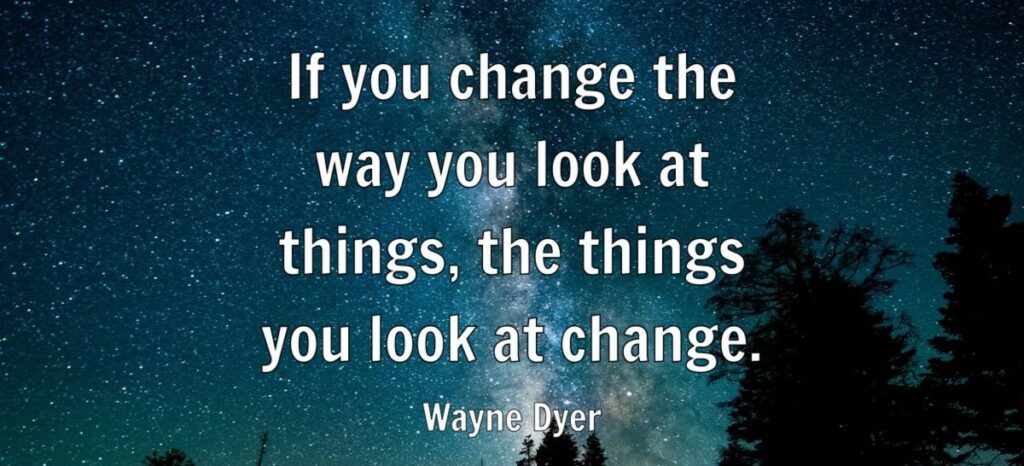The Lingering Impact of the pandemic
Recently, I attended a dinner meeting sponsored by the Southern Maine Chapter of AADOM, the American Association of Dental Office Management. During the meal, I asked three of the practice office managers, “What is your biggest challenge right now?” They replied unanimously, “dealing with difficult and cranky patients and team members.” One went on to say, “It’s exhausting, I find myself getting sucked in, and I’m going home worn out at the end of the day.”
I call this malady and its symptoms “Covid Crankiness”. Let’s talk about it…
what is covid crankiness?
“COVID Crankiness” is a phrase I coined to describe the mental and physical state of exhaustion many people have been experiencing from dealing with the pandemic for the past two plus years.
The World Health Organization estimates that the “COVID-19 pandemic has triggered a 25% increase in the prevalence of anxiety and depression worldwide.” In addition, we are all experiencing the impact of higher prices in the stores and at the gas pumps. The combination of these – with everything else in the news – is causing a disturbing level of stress, sadness, and sometimes even bad behavior.
The Symptoms
Like the heightened sensitivity caused by a cracked tooth, your patients and team members, because of their exhaustion and stress, may have a heightened sensitivity to your words and misunderstand what you are trying to say. At times, they may come across as more confrontational, short-tempered, or in the worst case, verbally abusive.
They may appear to get frustrated or easily angered by various situations. Some patients might say, “Why do I still have to wear a mask? Why do I have to wait so long for an appointment? Or why are your fees so high?” For your team members, their crankiness may occur when they must do extra work because of shorthandedness caused by illness or the current workforce shortage.
Also, many dental teams are reporting that they are terribly busy treating a backlog of returning patients. During their exams, they discover a lot of diseases like periodontal disease, multiple caries, as well as an increased number of cracked and broken teeth. With their budgets already squeezed, hearing news about their enormous dental needs creates even more stress for your patients.
The Solutions
For Your Team
Now, more than ever, is the time to be a great leader for your team. You cannot remain “behind the scenes” and just “do dentistry.” To lead your team, you must increase your awareness and recognize their mental state. To face this battle boldly and courageously, you must put on “protective gear” by first taking care of yourself. Your team members and your patients will be looking to you for empathy, compassion, and concern for their situation.
There is an expression that says, “You can’t give away what you don’t own.” By eating well, getting plenty of sleep, doing activities you love, exercising, and perhaps meditating, you will equip yourself to lead your team in a positive way. It’s like putting on armor before going into battle. Think of it like an offensive move in sports.
Remember that despite what is happening in the world, your practice is a business, and it still needs to prosper and grow. Do all you can to bolster your team and keep them moving forward together.
It is essential that you provide opportunities for your team members to gather and share life together. I’ve seen offices where the dentist, because of a backlog of patients, has eliminated their team meetings. More than ever before you need to have weekly team meetings. These are an essential part of keeping teams sane and together during these challenging times.
During your meetings, allow time for people to talk, vent, laugh, cry, or just have fun. Let that be the first item on your agenda. I have a format I call “B and B,” Bonding and Business. If you have an hour meeting, why not structure thirty minutes for authentic sharing and the other 30 minutes to discuss the business at hand.
Be clear about your expectations and the mission of your practice. The clearer you are with your expectations, the lesser the chance of confusion or misunderstandings. If misunderstandings do occur (and they will), seek first to understand the other person’s perspective and discuss it openly and honestly. Use the 24-hour rule that says, if you are upset, you will address the situation within twenty-four hours. In my consulting work, I train teams to deal with conflict effectively and productively.
For Your Patients:
There are two types of solutions you need to think about when helping your team members and your patients manage their stress and their “COVID Crankiness.”
- Management Solutions
- Communications Solutions
Management:
When you make it easy for your patients to do business with you, you decrease the chances of upsetting them. When your management systems are clear, your days will flow more smoothly, you and your team will be more productive, and experience less stress overall.
Schedule appropriately to ensure that you will see your patients on time. When people are stressed and not seen during their scheduled time, they can become angry. Lately, while driving my car, I have noticed more “horn honking.” During these times, people were less patient. Be timely and if either the doctor or the hygienist is running behind schedule, inform the patient. In my office, if we were running behind schedule and more than 10 minutes late for their appointment, we would give our patients a five-dollar coffee card, apologize for the inconvenience, and thank them for their understanding.
Always make sure that you are proactive and that you “inform before perform.” If you need to restore an extra surface on a tooth during a restorative procedure, inform your patient of the situation. Do your best to be clear with all your explanations. During these stress-filled times, this may require more time and effort than you think. Remember that unexpected surprises regarding treatment often lead to unhappy patients.
Make sure that your payment arrangements are clear and well understood. Always end these money discussions with, “Mr. Jones, do you have any questions about your payment responsibilities or what we’ve just discussed?”
In addition to the management solutions, the second type of solutions we need to consider to successfully deal with “COVID Crankiness” are communication solutions.
Communication:
If a patient appears upset or angry, the first thing you need to do is to stay calm. Our knee jerk reaction may cause us to get defensive. Usually, this type of response comes from our self-centered thoughts or prejudgments like, “What the heck is the matter with this person.” Instead of taking that approach, think, “I wonder what is going on in the patient’s life that is causing them to act out.”
You will be amazed at how changing your thoughts will change your perception and response to a patient. According to the self-help author Wayne Dyer, “If you change the way you look at things, the things you look at change.”

That leads me to another communication solution, stay curious! Things are not always as they appear. Be a good listener. Often, all a patient wants to do is vent. Let them tell their story and do not interrupt them. In some instances, they are not looking for advice, they are not looking for a fight, they just want to “dump their junk.” Giving them a listening ear is a terrific way to help them with whatever they are going through.
If you do respond, or sense that they are upset with something you have done, be sure to paraphrase what you heard them say to make sure you clearly understand the matter. For example, you might respond with “If I hear what you are saying, you were surprised by the fee you were charged for your white filling?”
Once you think you have a clear understanding of the patient’s perspective, ask, “What can we do to help?” and then shut up! Let them come up with the solution. It may be as simple as, “I just would like to be better informed of the fee next time.”
Lastly, you need to set boundaries. Be aware of your available time. It is important to give patients time to vent; it is also important to not allow them to consume a good part of your morning. If you sense that the patient needs more time, suggest that you call them back. Tell them that you want to hear the rest of their story and that you need more time to adequately focus on them to fully understand their situation.
With regards to boundaries, if your patient is yelling at you and is verbally abusive, stop, and tell them your feelings. “I’d like to hear your feelings but cannot continue with the yelling.” If they continue, let them know that you need to discontinue the conversation. The bottom-line is that abusive behavior is unacceptable.
As a last resort, if you feel that you have done your best to try to help your patient and they are still ranting and raving, then it may be best to dismiss them from your practice in writing. Before you do, you want to contact your state dental society or your malpractice carrier for the proper guidelines.
In today’s world, you need to do all you can to work with a team and with patients that you enjoy. Along with that, be sure that you demonstrate courage, compassion, empathy, and understanding towards your patients and your team. If you do that, you will be better equipped to handle the “COVID Crankiness.” As a result, your days will be more manageable, more enjoyable, and more fulfilling. Best of all, you will have more energy left at the end of your day to share with your family and friends.
Wishing you more joy, more fulfillment, and more financial success.




